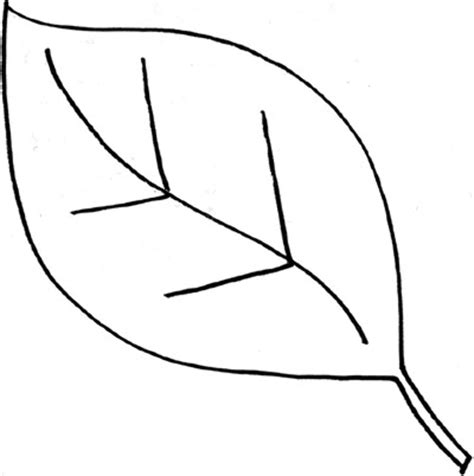Leaves are a crucial part of a plant's structure, playing a vital role in photosynthesis, respiration, and transpiration. They are the primary organs responsible for absorbing sunlight, carbon dioxide, and water, which are then used to produce glucose and oxygen through the process of photosynthesis. With over 400,000 known species of plants, the diversity of leaves is staggering, ranging from the tiny leaves of succulents to the massive leaves of certain tropical plants. In this article, we will delve into the world of leaves, exploring their structure, function, types, and importance in the ecosystem.
Key Points
- Leaves are the primary organs of photosynthesis, responsible for producing glucose and oxygen.
- The structure of leaves includes the blade, petiole, and stipules, each with distinct functions.
- There are several types of leaves, including simple, compound, and modified leaves, each with unique characteristics.
- Leaves play a crucial role in the ecosystem, providing food and shelter for various organisms.
- The importance of leaves extends beyond their role in photosynthesis, with applications in medicine, food, and industry.
Structure of Leaves

The structure of leaves is complex and fascinating, with several distinct components working together to facilitate photosynthesis and other essential functions. The blade, also known as the lamina, is the flat, green part of the leaf responsible for absorbing sunlight and carbon dioxide. The petiole, or stem, attaches the leaf to the plant, while the stipules, small leaf-like structures, protect the leaf as it emerges from the bud. The veins, which run through the leaf, transport water, nutrients, and sugars throughout the plant. The cuticle, a waxy layer on the surface of the leaf, helps to prevent water loss, while the stomata, small openings on the underside of the leaf, allow for gas exchange.
Types of Leaves
Leaves come in a wide range of shapes, sizes, and types, each with unique characteristics and functions. Simple leaves, such as those found on oak trees, have a single blade attached to the petiole. Compound leaves, like those found on clover, have multiple blades attached to a central stem. Modified leaves, such as the spines of cacti, have evolved to perform specialized functions, such as protection from herbivores. Other types of leaves include needle-like leaves, scale-like leaves, and succulent leaves, each with adaptations to their environment.
| Type of Leaf | Description |
|---|---|
| Simple Leaf | A single blade attached to the petiole. |
| Compound Leaf | Multiple blades attached to a central stem. |
| Modified Leaf | Evolved to perform specialized functions, such as protection. |
| Needle-like Leaf | Long, thin leaves with a small surface area. |
| Scale-like Leaf | Small, flattened leaves that resemble scales. |
| Succulent Leaf | Thick, fleshy leaves that store water. |

Function of Leaves

Leaves are the primary organs of photosynthesis, responsible for producing glucose and oxygen through the conversion of sunlight, carbon dioxide, and water. This process is essential for the survival of nearly all living organisms, as it provides the energy and organic compounds necessary for growth and development. In addition to photosynthesis, leaves also play a critical role in respiration, releasing carbon dioxide and water vapor into the atmosphere. Transpiration, the process by which plants release water vapor into the air, occurs primarily through the stomata on the underside of leaves.
Importance of Leaves in the Ecosystem
Leaves play a vital role in the ecosystem, providing food and shelter for a wide range of organisms. Herbivores, such as insects and deer, feed on leaves, while carnivores, such as birds and spiders, feed on the herbivores. Leaves also provide shelter and habitat for various organisms, such as insects, spiders, and small mammals. In addition, leaves help to regulate the climate, influencing temperature, humidity, and weather patterns through their role in transpiration and photosynthesis.
What is the primary function of leaves?
+The primary function of leaves is to produce glucose and oxygen through photosynthesis, which is essential for the survival of nearly all living organisms.
What are the different types of leaves?
+There are several types of leaves, including simple, compound, modified, needle-like, scale-like, and succulent leaves, each with unique characteristics and functions.
Why are leaves important in the ecosystem?
+Leaves are important in the ecosystem because they provide food and shelter for a wide range of organisms, help to regulate the climate, and influence temperature, humidity, and weather patterns.
In conclusion, leaves are a fascinating and essential part of the plant kingdom, playing a critical role in photosynthesis, respiration, and transpiration. With their incredible diversity of shapes, sizes, and types, leaves have evolved to optimize their function in a wide range of environments, from the frozen tundra to the hottest deserts. As we continue to explore and understand the complexities of the natural world, it is clear that leaves will remain a vital and fascinating topic of study for years to come.



